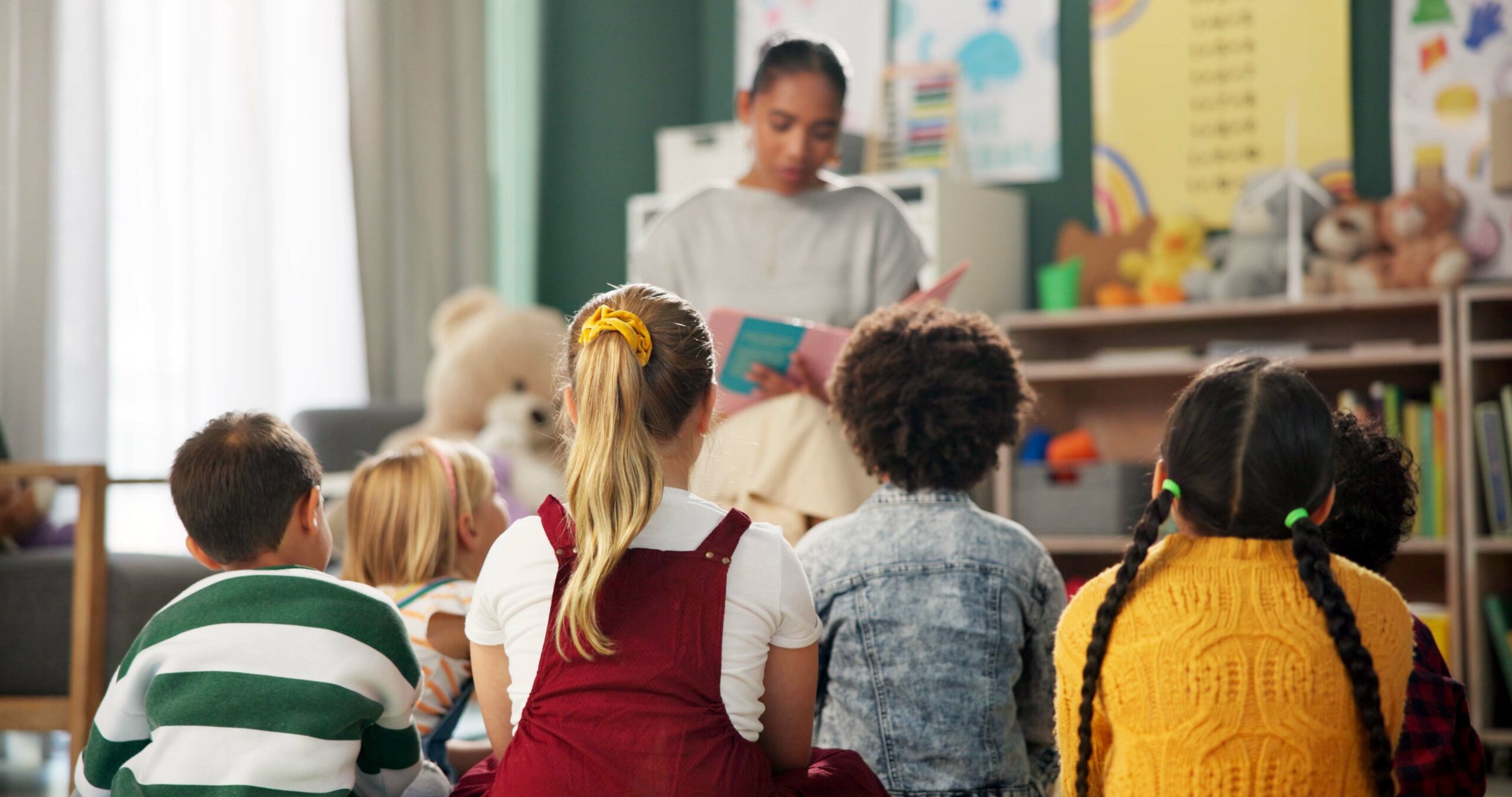As both an educator and an artist, I have seen firsthand how reading can spark imagination and unlock creativity. Many people think of reading as a skill separate from the arts, but the truth is that the two are deeply connected. Stories, ideas, and perspectives from books often shape how we create and express ourselves. For me, reading has always been a wellspring of inspiration, fueling my own creativity and providing a foundation for my students’ creative growth.
Stories as Seeds of Imagination
Every creative idea begins somewhere, and often that spark comes from a story. When we read, we step into another world. We meet characters who think and act differently than we do, and we visit settings that challenge our imagination. As an artist, I find that reading stories gives me new ways of seeing and interpreting the world. For students, these seeds of imagination grow into their own unique expressions, whether through drawing, music, or storytelling.
Language as a Creative Tool
Reading strengthens our relationship with language, which is at the heart of creative expression. Words are not just for communication—they are tools for building images, emotions, and rhythms. When students read widely, they develop a richer vocabulary and a deeper appreciation for the texture of language. This, in turn, makes them more confident and expressive when writing, performing, or creating. Studying how authors use words helps students see language as a tool for their own creativity.
Reading Beyond the Obvious
Some of the most powerful connections between reading and creativity come from texts not directly about art. Science, history, and philosophy can all fuel creative thinking. For example, reading about the stars might inspire a student to create music capturing the wonder of the night sky. History might spark a playwright’s next character or setting. Creativity thrives when minds connect ideas across different subjects.
Empathy and Perspective
One of the most transformative aspects of reading is its ability to build empathy. By stepping into someone else’s story, we learn to see the world from perspectives other than our own. In today’s educational climate, there’s a strong push for students to focus on IT and computer skills. While these are valuable, I must object to the idea that they replace opportunities to understand human nature. Skills learned from reading novels—diving into the emotions of others, exploring human relationships, and developing social insight—cannot be taught in most tech or computer classes. These human-centered skills are critical for future marriages, children, business contacts, and social interactions. By trading this time for technology, we risk limiting students’ ability to understand people, an essential foundation for both personal and professional success.
Reading as a Creative Practice
Creativity does not happen in a vacuum. It requires practice, and reading can be an important part of that practice. Just as artists sketch or musicians practice scales, reading regularly keeps the creative mind active. The act of reading challenges us to slow down, focus, and imagine. It pushes us to ask questions and make connections. Reading is not a distraction from creativity—it is a vital part of it.
Nurturing Lifelong Creativity
Seeing how reading and creativity work together to nurture lifelong learners is one of my greatest joys. Creativity is not just for artists—it helps us solve problems, innovate, and express ourselves in all areas of life. Reading builds this foundation by giving new ideas to explore and new ways of thinking. When students view reading as a source of inspiration rather than just an assignment, they carry that mindset far beyond the classroom.
The Creative Spark That Books Provide
Reading and creativity are two sides of the same coin. Reading gives us language, ideas, and empathy. Creativity allows us to bring what we have read to life in original ways. For my students and myself, reading is not just a learning tool; it is a source of imagination, innovation, and lifelong creative growth.
By embracing reading as part of our creative practice, we open doors to endless possibilities. Whether painting, writing, teaching, or simply seeing the world in new ways, reading fuels the creativity that makes it all possible. And in a world increasingly focused on technology, remembering the human element—our capacity for empathy, understanding, and connection—is more important than ever.
